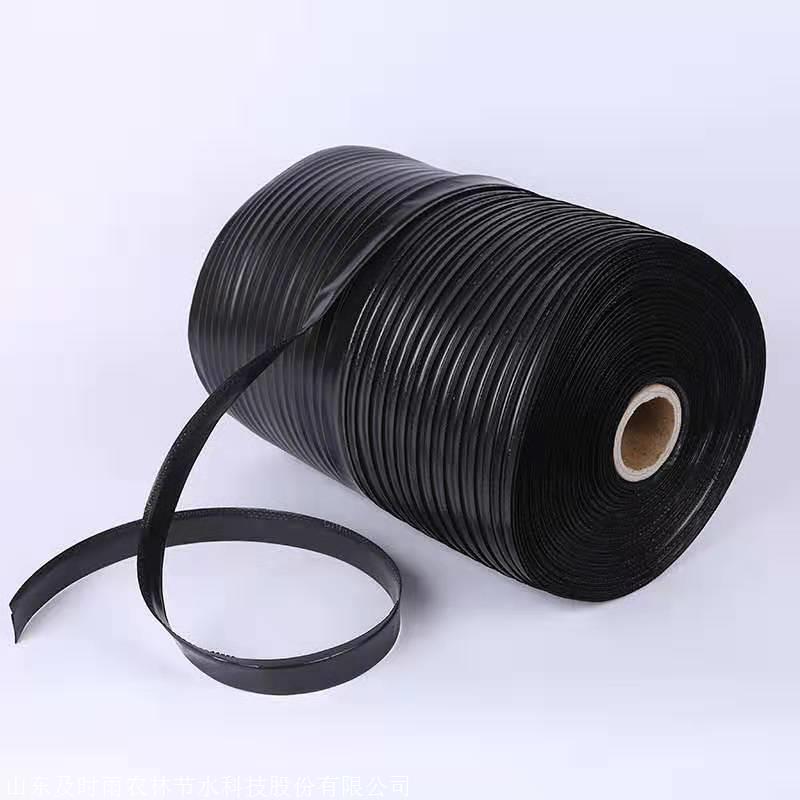Drip irrigation is a highly efficient method of watering plants by delivering water directly to the roots, minimizing water wastage and promoting healthy growth. There are four main types of drip irrigation systems, each offering unique features and benefits. In this comprehensive guide, we’ll explore these four types to help you choose the best option for your gardening or agricultural needs.
1. Point Source Drip Irrigation:
Point source drip irrigation, also known as emitter-based drip irrigation, involves placing individual emitters or drippers near each plant’s root zone. This method allows for precise control over water delivery, ensuring that each plant receives the right amount of water directly to its roots. Point source drip systems are ideal for small-scale gardens, container plants, and landscapes with varying water needs.
2. Inline Drip Irrigation:
Inline drip irrigation systems feature drip tubing with built-in emitters spaced at regular intervals along the length of the tubing. These emitters release water evenly along the entire length of the tubing, providing uniform irrigation across the entire planting area. Inline drip systems are commonly used in row crops, raised beds, and large-scale agricultural fields, offering efficient water distribution and reduced water evaporation.
3. Subsurface Drip Irrigation:
Subsurface drip irrigation (SDI) involves burying drip tubing or dripline beneath the soil surface, delivering water directly to the root zone of plants. This method minimizes water loss due to evaporation and surface runoff, making it highly efficient in water conservation. Subsurface drip systems are suitable for row crops, orchards, vineyards, and landscapes where surface irrigation may not be practical or desirable.
4. Micro Sprinkler Drip Irrigation:
Micro sprinkler drip irrigation combines drip emitters with miniature sprinklers to deliver water in a fine spray pattern. These systems are often used in areas with sandy or porous soil where water absorption rates may vary. Micro sprinkler systems provide uniform coverage and can be adjusted to accommodate different plant spacing and water requirements. They are commonly used in vegetable gardens, nurseries, and greenhouse applications.
Conclusion:
Each type of drip irrigation system offers unique advantages and applications, allowing you to choose the most suitable option based on your specific needs and preferences. Whether you’re gardening at home or managing a large agricultural operation, drip irrigation systems provide efficient water delivery, promote healthy plant growth, and contribute to water conservation efforts. By understanding the differences between the four types of drip irrigation systems, you can make informed decisions to optimize your watering practices and achieve the best results in your garden or farm.



